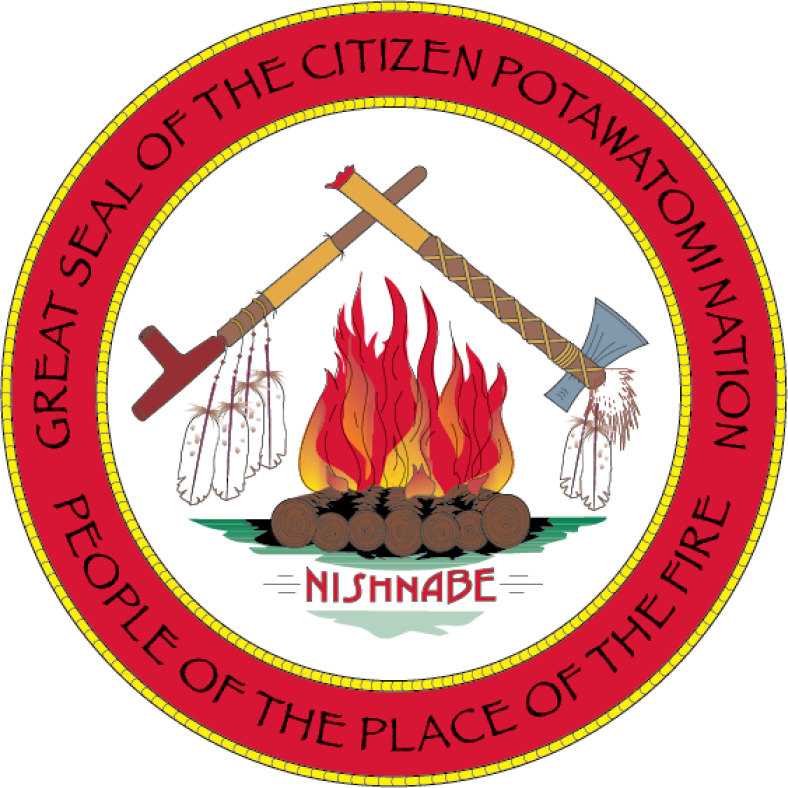Officials with the Citizen Potawatomi Nation and Tribal members from across the country met in Indiana and retraced the steps their ancestors took in 1838 when the Potawatomi were forced to leave their Indiana homelands and march to a reservation in Kansas.
From Sept. 4 to Nov. 4, 1838, the United States forcibly removed a band of 859 Potawatomi and marched them from northern Indiana to present-day Kansas. A caravan in remembrance of this history is held every five years to honor victims and survivors. The next observance will be in 2023, said Janet A. Pearl, member-at-large, Potawatomi Trail of Death Association.
The Citizen Potawatomi Nation Department of Education began composing lesson plans about Potawatomi history in 2021. The first one tells the story of the Potawatomi Trail of Death.
During this episode, we’ll hear about Oklahoma’s Ida’s Law as it goes into effect and a new lesson plan on the Potawatomi Trail of Death for K through 12 students. We’ll also listen back to an interview with a Potawatomi Navy member who served during WWII to celebrate Veteran’s Day.
The Potawatomi Trail of Death began today in 1838. More than 850 Tribal members walked 660 miles from Indiana to Kansas. Written and visual records provide insight into this turbulent time and help present-day Potawatomi remember and honor their ancestors’ trials.
In this episode, we’ll hear about the American Indian Religious Freedom Act of 1978 and its effect on tribes, discuss the connection between cartography and Indigeneity, and learn the history of an artist who documented the Potawatomi Trail of Death in the late 1830s.
More than 850 Potawatomi made the journey, and 42 perished, mostly children and elderly. Written and visual records help chronicle this trying time in the Tribe’s history, and utilizing these resources help Tribal members and others acknowledge the tenacity and resilient spirit of the Potawatomi people.
Because George Winter’s sketches and paintings serve as the only artistic record of any forced removal, CPN Cultural Heritage Center staff chose to use his pieces as key features within the Forced From Land and Culture: Removal gallery.
In 1838, American militia members evacuate Simu-quah, a young Potawatomi girl, and the rest of her family from their village at Twin Lakes in Indiana and force them to begin a long march to Kansas. Seeing her father, a local headman (or chief), chained in the back of a prison wagon, Simu-quah resolved to help Read More »
After the Potawatomi arrived in present-day Kansas, Indian agents R.W. Cummins and A.J. Vaughan established a pay station and trading post at Uniontown located south of the Kansas River and west of present-day Topeka, Kansas. The settlement served as a commercial hub for Tribal members, and its position along the Oregon-California Trail made it a Read More »
